- 本集來賓:國立海洋大學水產養殖系副教授黃之暘
- 主持:上下游新聞記者楊語芸
「今天吃魚了嗎?」很多人都說台灣只有「海鮮文化」卻沒有「海洋文化」,不過黃之暘認為,我們連「海鮮文化」都不算完整,因為餐桌上的海鮮總是那幾樣。新書《怪奇海產店》帶大家從「外行看熱鬧」變成「內行看門道」,通通來當食魚達人。
跟著「有魚不吃肉」的黃之暘逛漁市跟漁港,「佛手」是什麼?「那個魚」又是哪個魚?為什麼消費者願意吃在地,就有改變產業的力量?如何吃海鮮才不會辜負身為海島子民的幸運?六字真訣,盡在節目裡。
本集有贈書活動,還不手刀來搶書!怎麼索取?聽節目就知道喔!
- 1:36 水產養殖學者為何要開「海產店」?
- 5:00 食物會在生命重要時刻留下記憶
- 10:20 「海洋文化」的養成可以從「海鮮文化」入手
- 17:50 漁市、漁港、小吃攤都是食魚教育現場
- 23:25 參觀漁市應該五感全開
- 27:10 台灣水產養殖總體檢
- 30:05 消費者有改變產業的能力
- 33:35經濟動物註定要死,但可以好好上路
- 37:03「慢慢吃,快快好」的食魚哲學
訂閱上下游《食農搜查線》Podcast
- Apple Podcast:http://apple.co/3eC5nDJ
- SoundOn:http://bit.ly/3qvh4hN
- Spotify:http://spoti.fi/3v9hKNi
- KKBox:https://bit.ly/3ell4Pc
- Google Podcast: https://bit.ly/3lVugLY
- Castbox:https://bit.ly/3FRWRLh
延伸閱讀:
今天吃魚了嗎?從小愛魚的水產專家黃之暘,把漁市、臉書都變成他的食魚教室!
緊張的魚不好吃!首屆「水生動福」研討會:讓魚善終,食物更美味
⭐聽完這集節目,請幫忙填寫回饋問卷,讓我們更進步:https://forms.gle/Tg9ZoUk8sPXKU15T8
⭐請大家給我們五顆星推薦評論,讓更多人可以聽到這些美好的食農故事~
⭐有悄悄話也可寄到意見信箱:info@newsmarket.com.tw
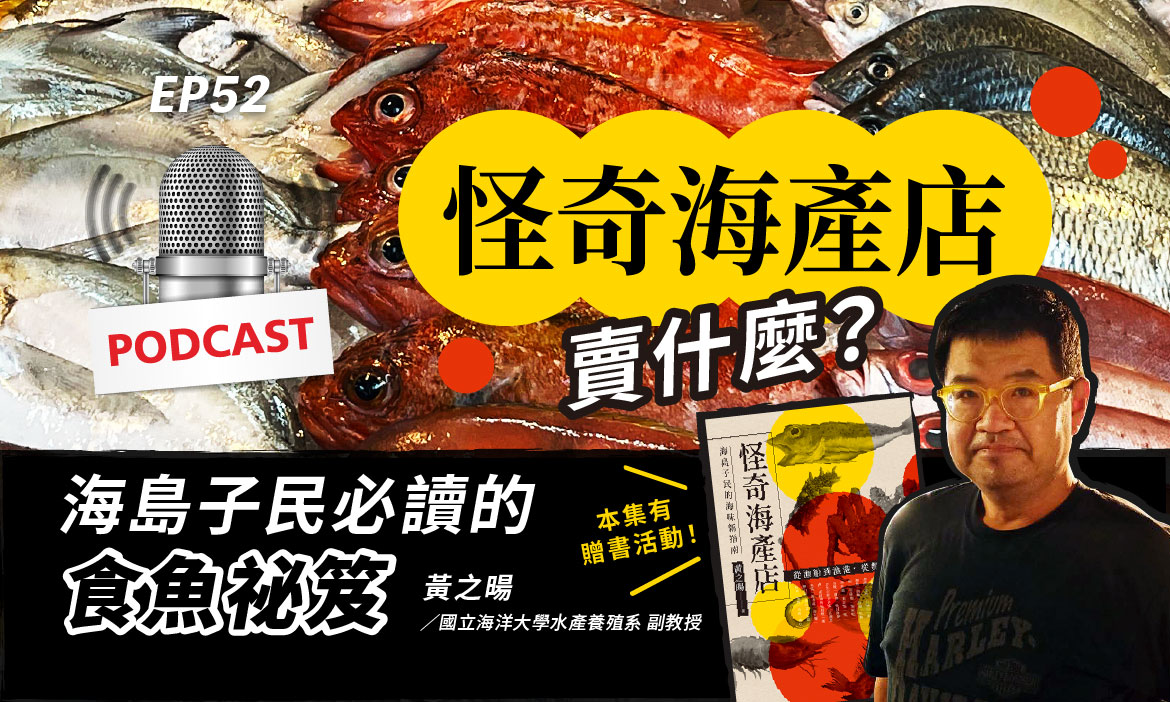
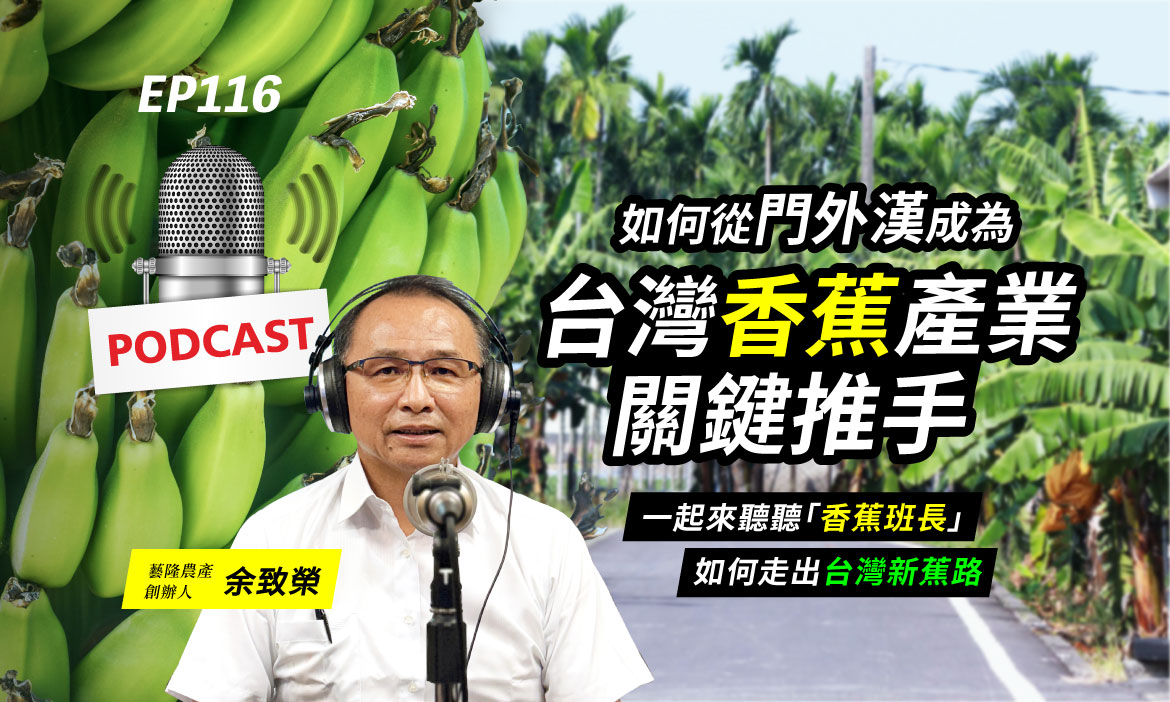
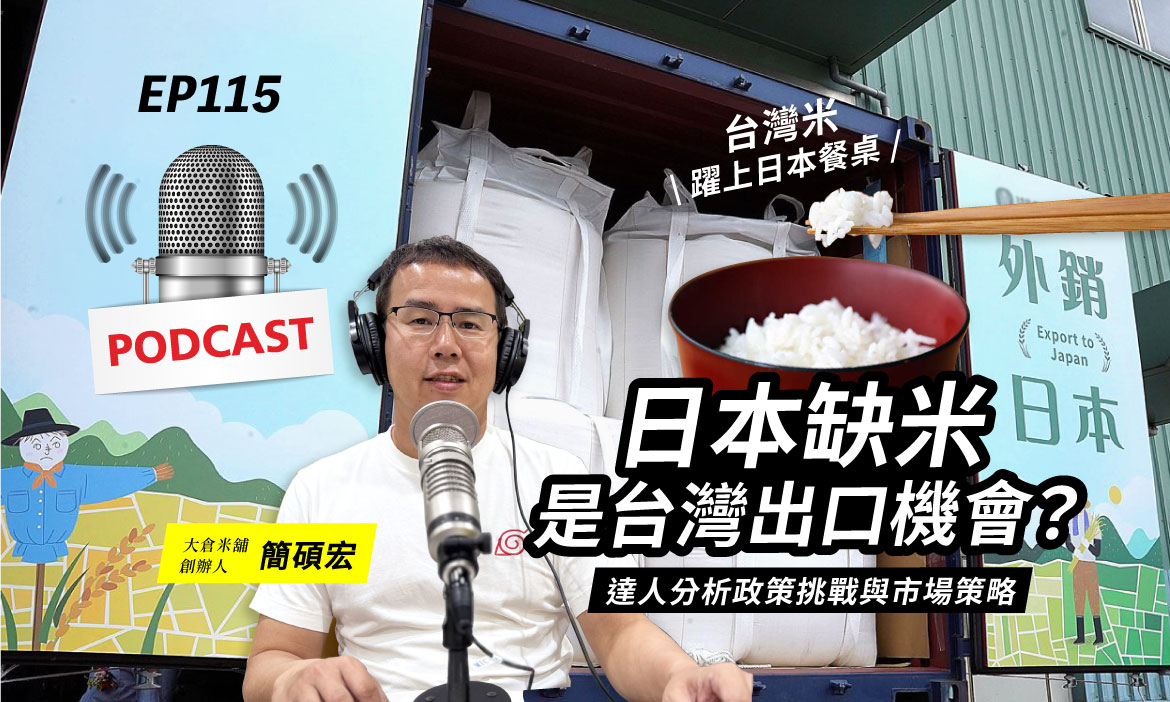
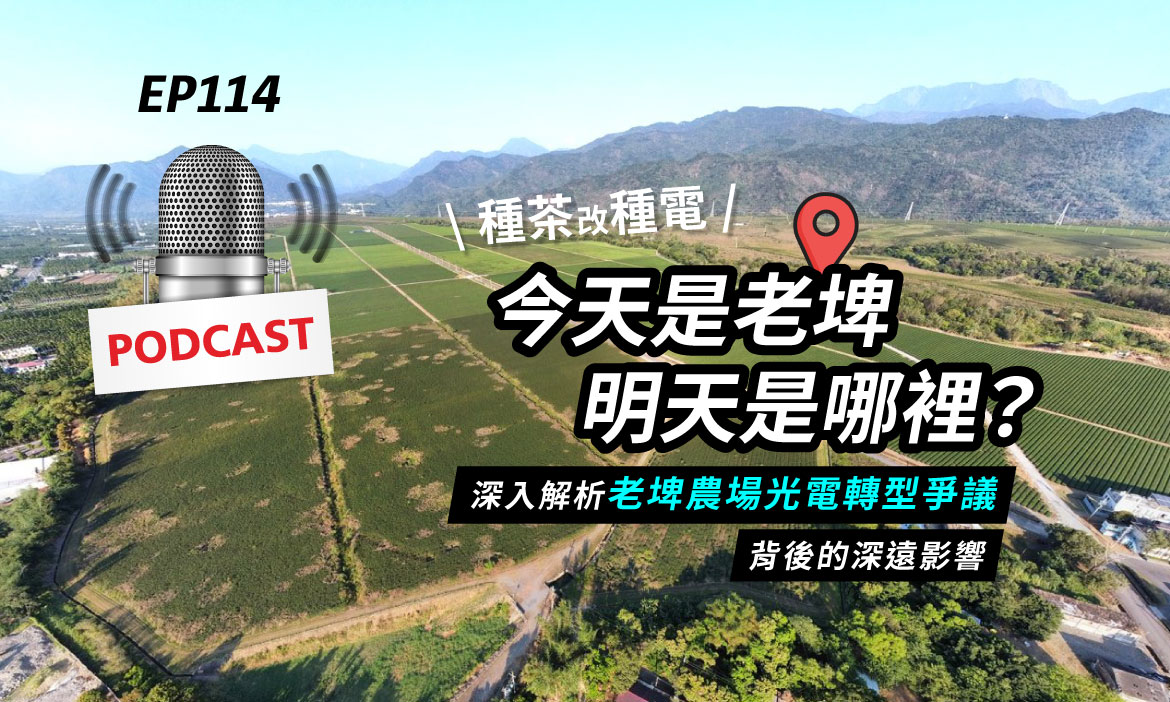
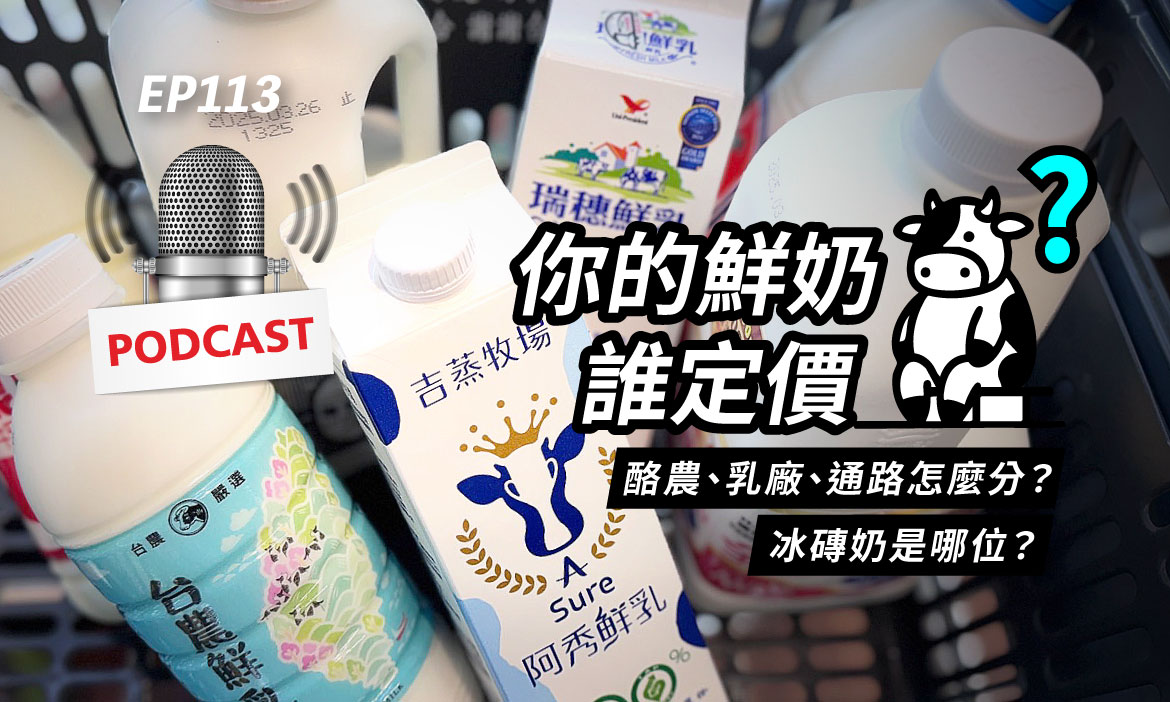
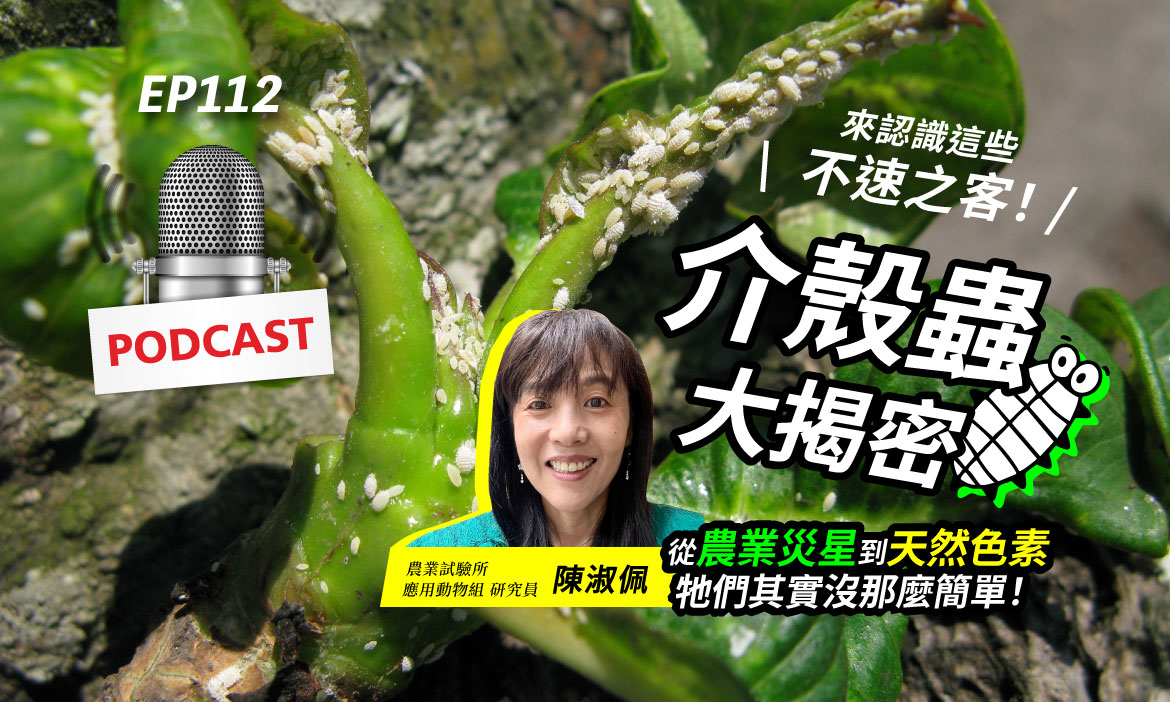
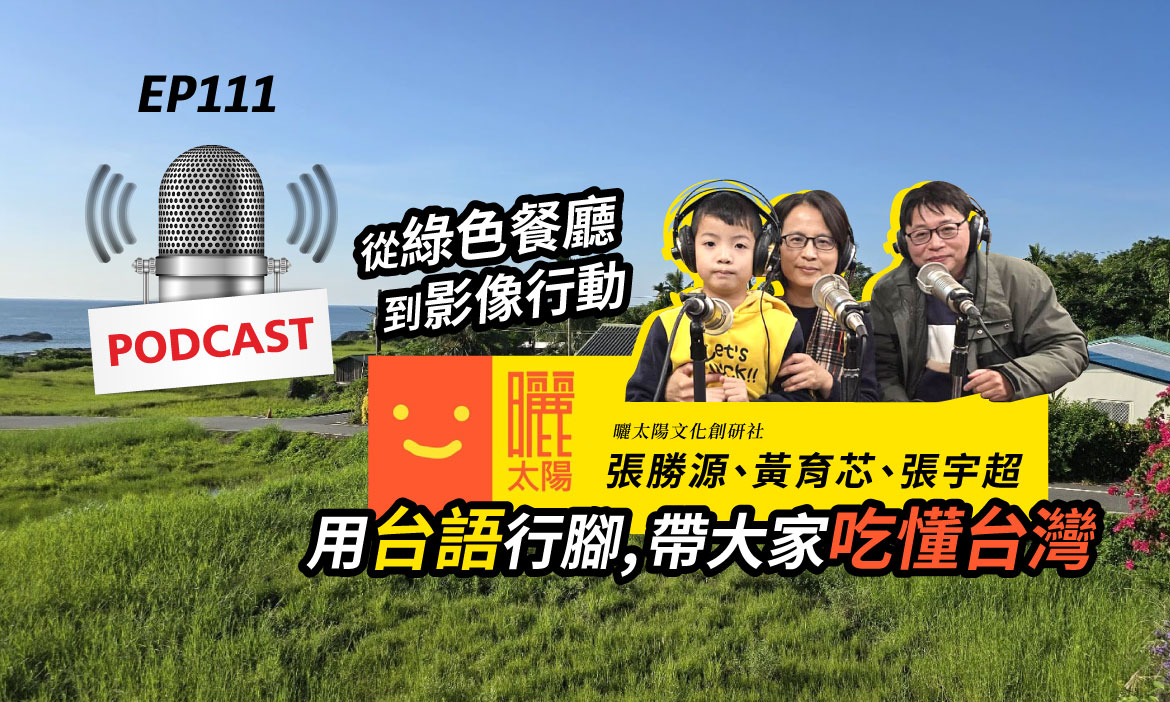
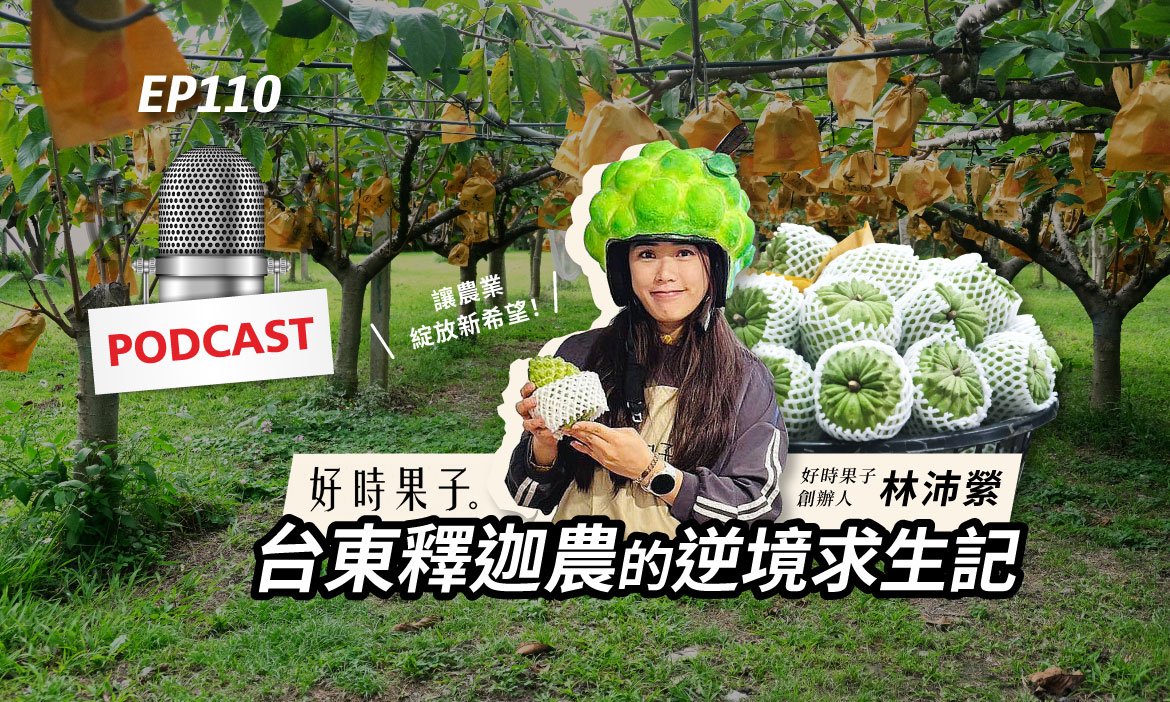
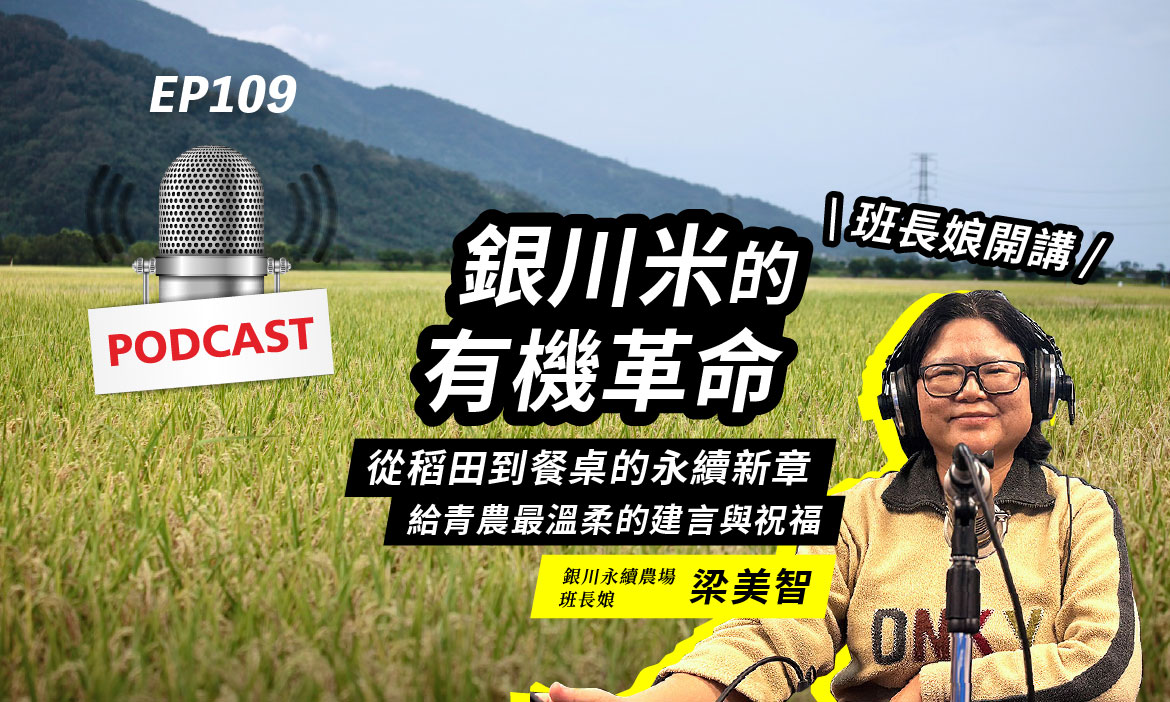
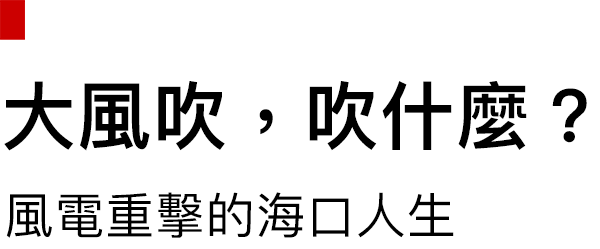
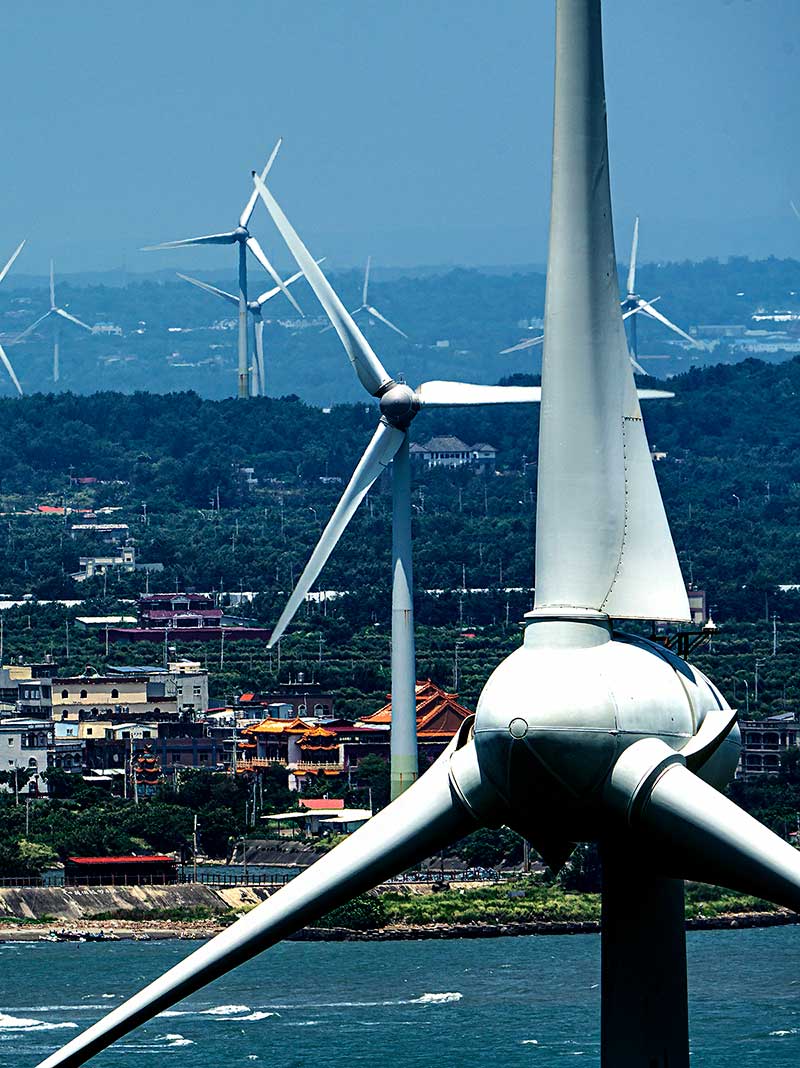

如果用歐盟1997 MAY 15的新穎食品標準來看,不少連物種都還停在型態分類的,特別是各種通常跟人類分期演化更久的海洋生物(與其攝取的微生物等),可能缺乏證據證明? 因為就算有歷史市場名,但可能都跟學名無關? 不可能知道究竟定位到甚麼物種? 甚或,連相關物種都不見得有完成分子生物分類? 加上,目前的研究上,其實連原本分子生物用來分類的、通常會選擇比較不受天擇影響的部份的序列,可能都會被天擇? (而且原本相關分類方法,就都不會是全基因組定序與比對(量太大),且,就算是目前已經分子生物分類的物種,如果是用不同的部份的序列來分,還可能不同? 比如說,用核醣體、體染色體、粒線體、葉綠體等,各自彼此比對的結果,拓樸關係可能都不同?) 比農藥、汙染物、甚或經濟生物與人類可用藥物更多樣的成分(類似之前一級二級管制藥物同分異構物之類的? 不像是問題,太像也可能是問題?),其實可能單純就是缺乏研究? 深海遠洋物種,如果不會接近淺海陸地(比如說洄游),其實可能跟多數陸地生物間,都缺乏彼此適應歷史? (雖然說,多數陸地生物間,多數也不是食物鏈的關係? 不能成為彼此的食物,算是彼此毒物?的關係更多?)
https://food.ec.europa.eu/system/files/2016-10/novel-food_guidance_human-consumption_en.pdf
The enquirer should therefore provide at least the following information for:
organisms (plants, micro-organisms, fungi, algae, animals etc.) and ingredients produced from
organisms:
1) taxonomic name of the organism (full Latin name with author name), also other
names, synonyms etc, where applicable
2) specification of which part of the organism the use before 15 May 1997 refers to
3) the form and/or concentration of the product (fluid, extract etc.), and
4) if ingredient in a food supplement, possible indication of the quantity/amount
chemical substances:
5) CAS1
name according to IUPAC2
, also other product names (e. g. trade name, common name), where applicable, and specification about purity
6) description/specification of production process, and
7) if ingredient in a food supplement, possible indication of the quantity/amount.
… …
It is recognised that individual pieces of information provided may not, in isolation, reliably
indicate that a product was on the market to a significant degree in the EU before 15 May
1997. For example import or distribution lists may not accurately describe the purpose for
which the specific product has been sold/imported (food, cosmetics, medicinal products, animal feed…). It is therefore reasonable that all available data and information should be taken
into account in establishing whether the food in question falls within the scope of Regulation
(EC) No 258/97. These could include for example, invoices, recipes, cookbooks, catalogues
etc.